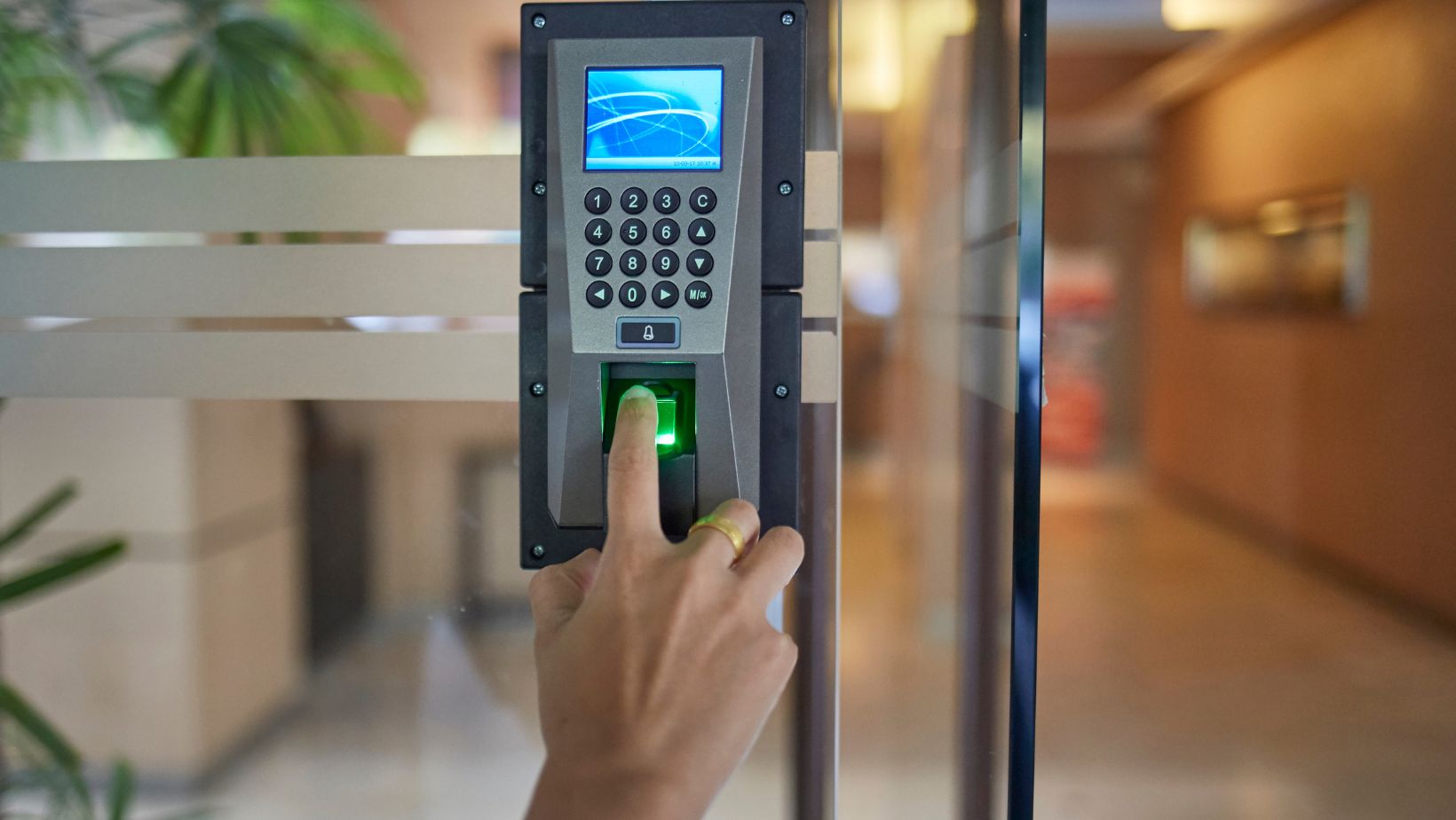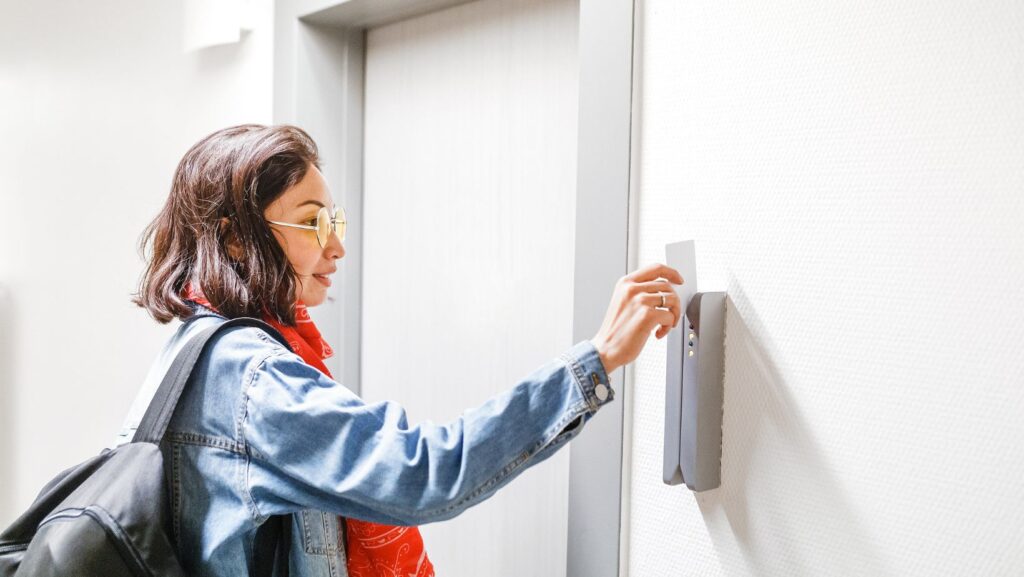Home upgrades should add value, not clutter or construction headaches. But when remodeling a house, keeping plumbing, wiring, and other important systems accessible yet hidden can be challenging. These exposed building parts could ruin the renovations done to improve a home.
That’s why recessed access doors are gaining popularity among homeowners and builders alike. They blend in, look neat, and make it easy to reach the systems behind the walls or ceilings. Whether planning a kitchen or a basement redo, this article explains why these low-profile access doors are an upgrade you won’t want to skip.
What Are Recessed Access Doors?
Recessed access doors feature a hollow panel where you can place whatever material covers the space around it—drywall, stone, tile, or wood. This design makes them blend completely, unlike regular access panels that stand out from the surface. When installed, they sit perfectly level with the wall or ceiling.

Picture a bathroom wall with a bulky metal access panel breaking up the beautiful tile work. Now imagine that same wall with no visible interruptions—just a clean, continuous surface with a secret opening. That’s one of the biggest appeals of recessed access doors.
Design-friendly benefits include:
- Flush Installation: These doors sit level with walls or ceilings, making them nearly invisible after installation.
- Surface Integration: Recessed panels can be prepped for tile, drywall, or plaster to match the surrounding surface.
- Custom Finishes: Many models offer paintable or primed finishes to match the exact color or the surrounding surface.
This makes recessed doors an ideal choice for:
- Minimalist interiors
- Modern kitchens and bathrooms with tiled walls
- Luxury or stylish rooms where everything needs to blend in well
Function Meets Form: Key Features of Recessed Access Doors
The beauty of these access doors and panels extends beyond their looks. Their design solves several challenges at once, including the following:
1. Concealment
These recessed access doors hide important but unsightly components like electrical wiring, water shut-off valves, and HVAC controls without adding bulk to a space. The difference is clear—instead of an obvious break on the beautiful paneling, you get smooth walls or ceilings with convenient access when needed.
2. Compatibility
They work well with almost any material—drywall, tile, ceiling panels, and cement board, among others. This flexibility makes them ideal for nearly any room in a residential or commercial building, from kitchens to basements.
3. Customizability
Many manufacturers offer access doors with specially prepped panels that accept tile or drywall inserts. The result? Access points that almost disappear into walls or ceilings.
4. Security and Accessibility
Despite their discreet look, recessed access doors remain user-friendly. Many models feature sophisticated locking mechanisms for security, while others offer tool-free opening systems for quick access during maintenance.
5. Performance
Do you need more than just aesthetics? Many recessed models carry fire ratings, contributing to code compliance without sacrificing design. When installed in fire-rated walls and ceilings, they keep flames and smoke from spreading to other areas for a limited time, depending on their rating.
Residential Benefits: Why Homeowners Love Them
Homeowners value upgrades that improve the look and efficiency of their space. Recessed access doors deliver on both fronts.
Boosts Property Value
The small things matter in today’s housing market. Well-placed access solutions with sleek finishes send a message to potential buyers: this home has been maintained with care and attention to detail. Recessed access doors are a small upgrade that can make a significant impression.
Minimizes Visual Distraction
In spaces where every square inch matters—like modern bathrooms or carefully designed kitchens—protruding access panels can disrupt the design. Recessed options keep the space looking smooth while working just as well.
Eases Maintenance Access
Gone are the days of cutting into drywall to reach critical systems. With properly installed recessed doors, routine maintenance becomes straightforward. Simply open the panel, complete the work, and close it again. No patching, painting, or frustration involved at all.
Installation Advantages for Contractors, Builders, and DIYers
Professionals and handy homeowners alike appreciate products that reduce complexity—and recessed access doors do just that.

Installation benefits include:
- Pre-framed Units: Many come with integrated flanges or mounting hardware to fit directly into existing framing.
- Consistent Results: Flush-mount systems ensure uniform alignment with drywall or tile, making it easier to achieve a seamless finish.
- Design Flexibility: Depending on preferences, installers can choose from drywall-insert, tile-insert, or plaster-ready access doors.
- Code Requirement Compatibility: Many models meet fire-rating or insulation standards required in modern home construction.
The simple installation process means fewer callbacks and faster project completion—something both contractors and homeowners can celebrate. Whether it’s new construction or a retrofit, these panels make the finishing touches easier to nail.
Common Uses in Home Upgrades
Aside from the obvious mechanical rooms and utility closets, recessed access doors can be installed in more creative residential projects.
- Laundry Rooms and Mudrooms: Recessed doors hide shut-off valves, drain clean-outs, or data panels in utility walls. Tile-ready models keep the space splash-proof and stylish.
- Garage Makeovers: Homeowners transforming garages into gyms or offices need easy access to breaker boxes or HVAC connections without bulky surface panels.
- Home Theaters: These panels neatly cover wire connections, sound system hookups, or hidden storage spots in walls or ceilings.
- Hallway Nooks or Built-In Cabinets: Use recessed doors to make hidden storage for valuable items or tools behind a smooth-looking wall.
- Smart Home Hubs: Install these panels in areas with routers, alarms, or backup power while keeping a clean, tidy look.
Choosing the Right Recessed Access Door for Your Project
Finding the perfect recessed access door doesn’t have to be overwhelming. Here’s what to consider:
- Match the Material: Steel and aluminum doors offer excellent durability and, in some cases, fire resistance—ideal for utility areas. For visible living spaces, gypsum-made access doors provide that seamless, paintable finish most people want.
- Size It Right: Measure twice! Ensure the recessed access door provides enough space for maintenance while staying proportional to the wall. Remember, too big looks awkward, and too small makes access difficult.
- Consider Special Needs: Installing in a bathroom? Look for moisture-resistant options. Between living areas? Fire-rated doors provide peace of mind.
- Blend It in: When shopping, look at samples of the wall or tile materials. Many manufacturers offer options that work with common building materials.
- Think About Access Frequency: Simple designs might benefit rarely accessed areas, while smooth-operating access doors and panels are essential in frequent-use locations.
Remember, this small decision can make a big difference in the space’s look and functionality!
To Sum It Up
Recessed access doors combine clean design with practical function, making them ideal for home upgrades that need style and utility. With benefits ranging from improved aesthetics and higher property value to easy installation and secure access, they offer a simple yet impactful solution for modern homes. Whether looking for the right product or planning a renovation, recessed access doors deliver long-term value.


More Stories
The Overlooked Gadget That Can Transform Your Home Wi-Fi Performance
Suhjvfu: An In-Depth Exploration
621628759: Discovering Its Hidden Significance